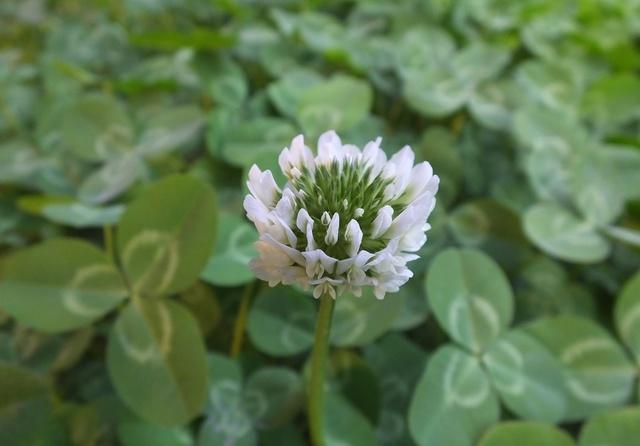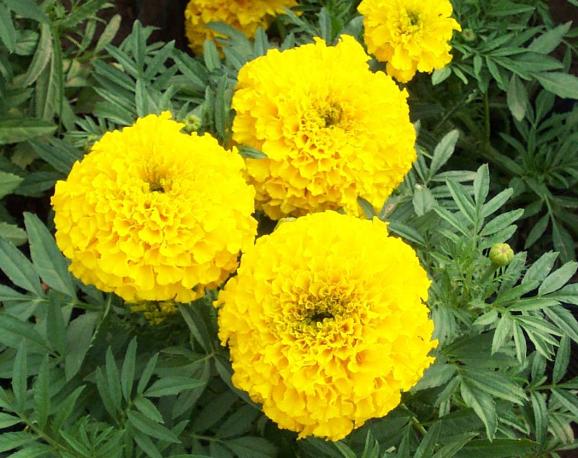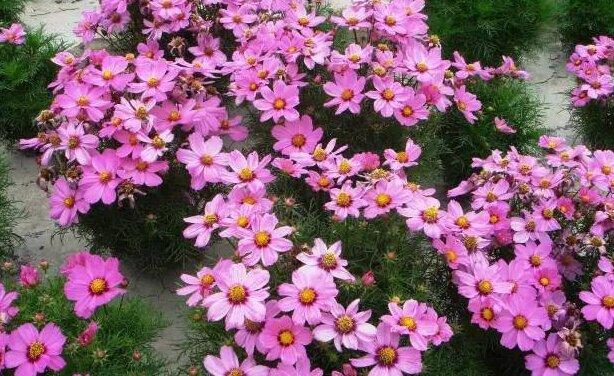The Aponogetonaceae is a fascinating plant family with an interesting backstory. Originating from Africa and Madagascar, these aquatic flowering plants have captivated botanists and plant enthusiasts worldwide. With their unique leaves and beautiful white or pink flowers, they have become popular additions to aquariums.
However, it wasn’t a smooth journey for these plants to gain recognition. It was in the late 1800s when the famous botanist, Alfred Grandidier, embarked on an expedition to Madagascar. During his exploration, he stumbled upon a mysterious pond filled with a plant that was unfamiliar to him.
Intrigued by the plant’s beauty, he collected samples and brought them back to Europe. It was then that the Aponogetonaceae family was discovered and classified. This groundbreaking finding marked a significant milestone in the botanical world.
Since then, Aponogetonaceae plants have gained popularity among aquarium enthusiasts due to their elegant appearance and growability. Today, they continue to captivate plant lovers, reminding us of the wonders of nature and the never-ending discoveries to be made.
Picture
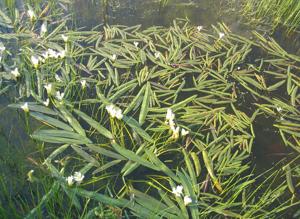
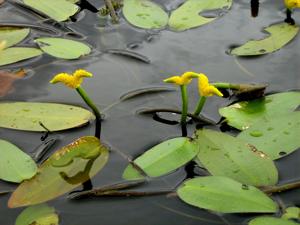
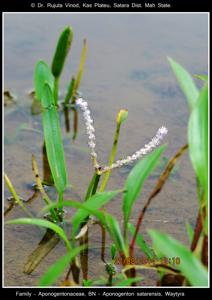
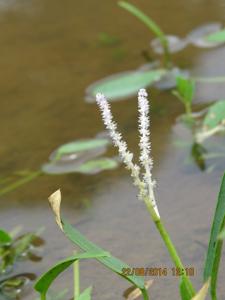
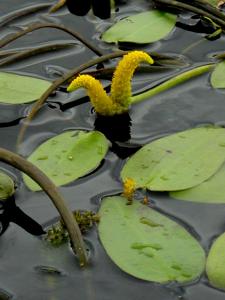
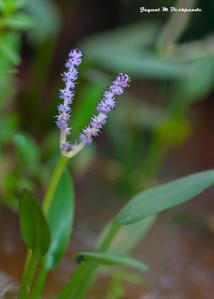
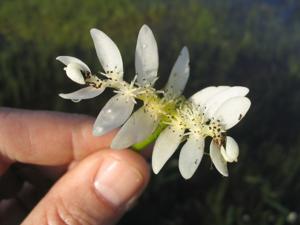
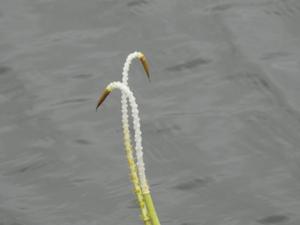
Plant some seeds now!
Multi-Colored Bachelor’s Button
Short Description
The Aponogetonaceae (the Cape-pondweed family or aponogeton family) are a family of flowering plants in the order Alismatales.
In recent decades the family has had universal recognition by taxonomists. The APG system (1998) and APG II system (2003) treat it in the order Alismatales in the clade monocots. The family consists of only one genus, Aponogeton, with 56 known species (Christenhusz & Byng 2016 ) of aquatic plants, most of which have been included in a molecular phylogeny by Chen et al. (2015). The name was published in Supplementum Plantarum 32: 214 (1782) and is derived from a geographic location neighboring (geton) the Apono tribal district of coastal Gabon. Some species are used as ornamental plants in aquariums.
Cultivation
An African Aponogeton with a triple flower spike.
All Aponogeton species are easy to grow when their preferences are met. The Madagascar lace plants (A. madagascarensis) require special handling as they prefer cooler water – 70 °F (21 °C) as a maximum[citation needed]. As of 2010, the Australian species exist in very small numbers in the hobby trade.

